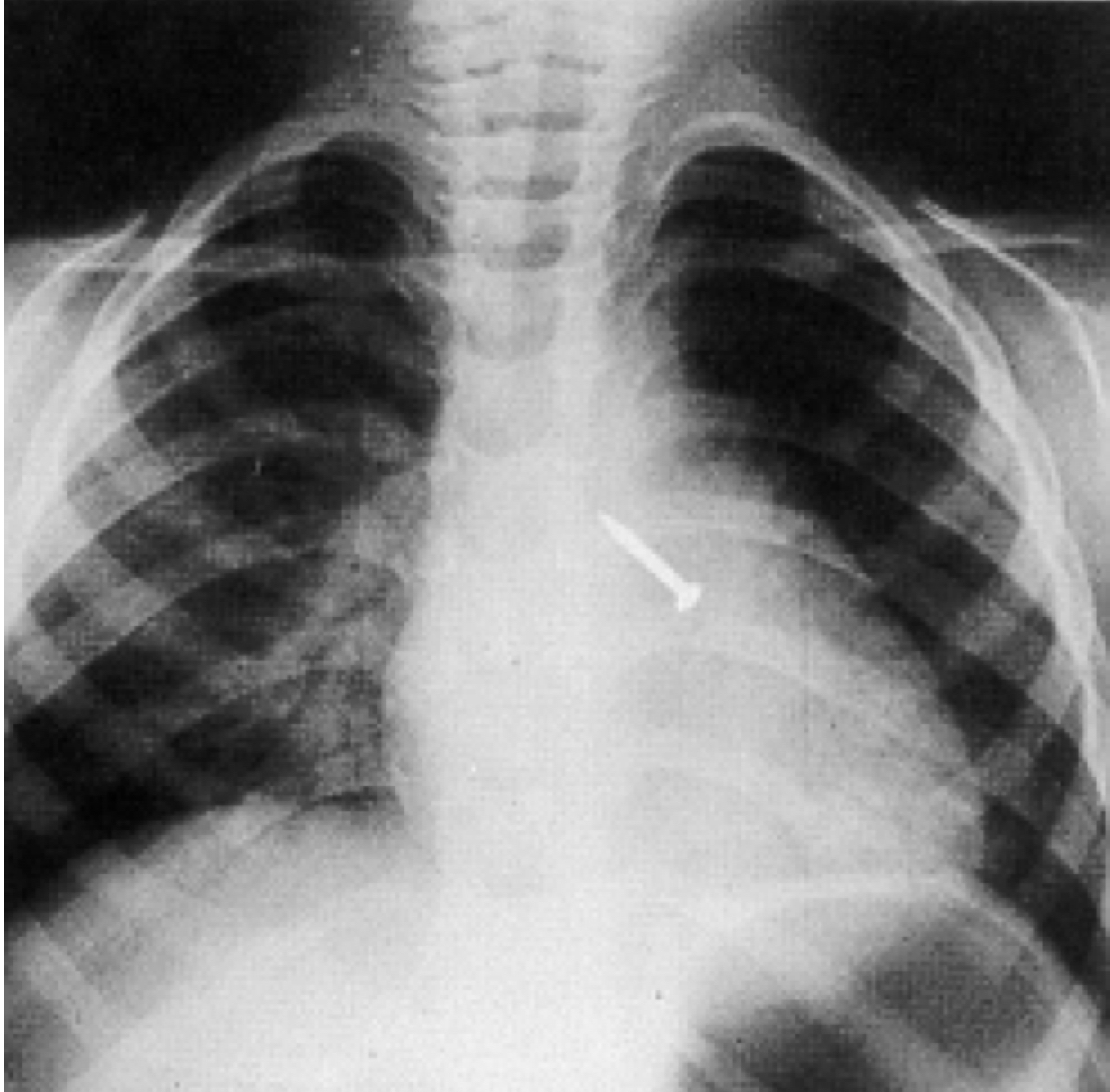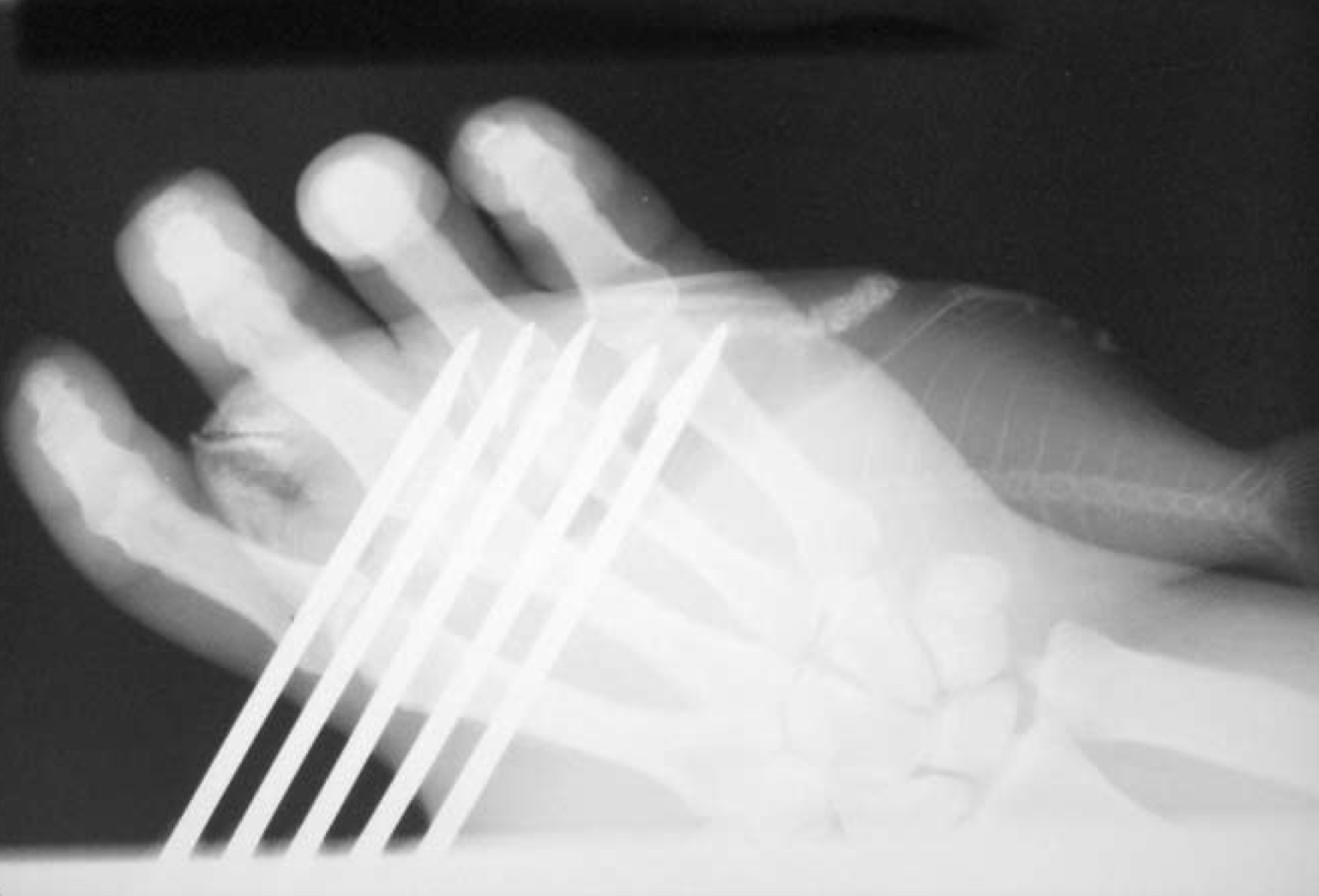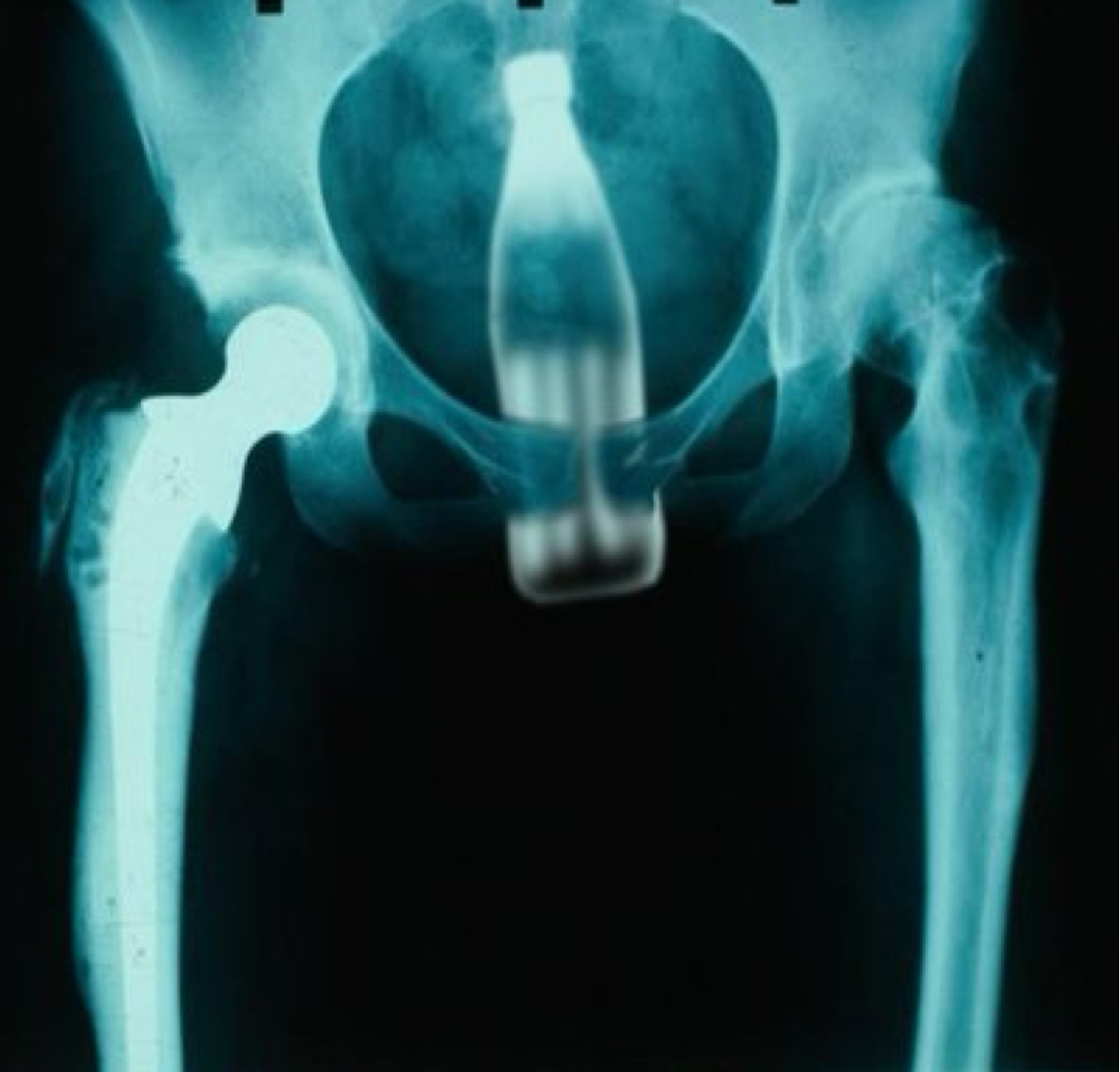Foreign Body Localization
1/18
There's no tags or description
Looks like no tags are added yet.
Name | Mastery | Learn | Test | Matching | Spaced |
|---|
No study sessions yet.
19 Terms
What is a foreign body?
Any alien object that enters the body
What are the most frequently encountered FBs?
aspirated or swallowed
penetrated though the skin
inserted into a body orifice
When imaging FBs, how should your radiographs be done?
Two plate 90 degrees apart (exact PA/AP and lateral)
What is extremely important when imaging FBs?
small focal spot
no motion
What type of technique should you use for FBs and why?
Long scale (low contrast, medium to high kVp) in order to see soft tissues
What should you remove when imaging FBs if possible?
Dressings (can cause artifacts)
What do you marks the site of the FB with?
Radiopaque object (BB, paperclip, etc.)
What type of FBs are common with infants and young children?
Aspirated or swallowed
What are some common FBs that are aspirated or swallowed in young children and infants?
coins
batteries
beads
small toys
What are some common FBs that are aspirated or swallowed in adults?
bone fragments (chicken or fish)
solid food plus
dental appliances
rings coins
open safety pins
tacks
nails
What is a common procedure for aspirated or swallowed FBs?
Soft tissue neck
What views do you do for a soft tissue neck?
AP and lateral
similar to a c-spine but lateral is centered more anteriorly and you have to have the entire nose (including soft tissue) on the image
What type of contrast do you want for a soft tissue neck?
Lower and less density than c-spine

What type of FB is pictured in this image?
Aspirated or swallowed
What are some examples of penetrating FBs?
needles
glass
work or metal splinters
fish hook
sometimes surgery tools
trauma (gunshot, debris, etc)

What type of FB is pictured in this image?
Penetrating
What is inserted FB common on?
Infants and small children (up nose and in ear)
Can inserted FBs be removed without x-rays?
Yes

What type of FB is pictured in this image?
Inserted